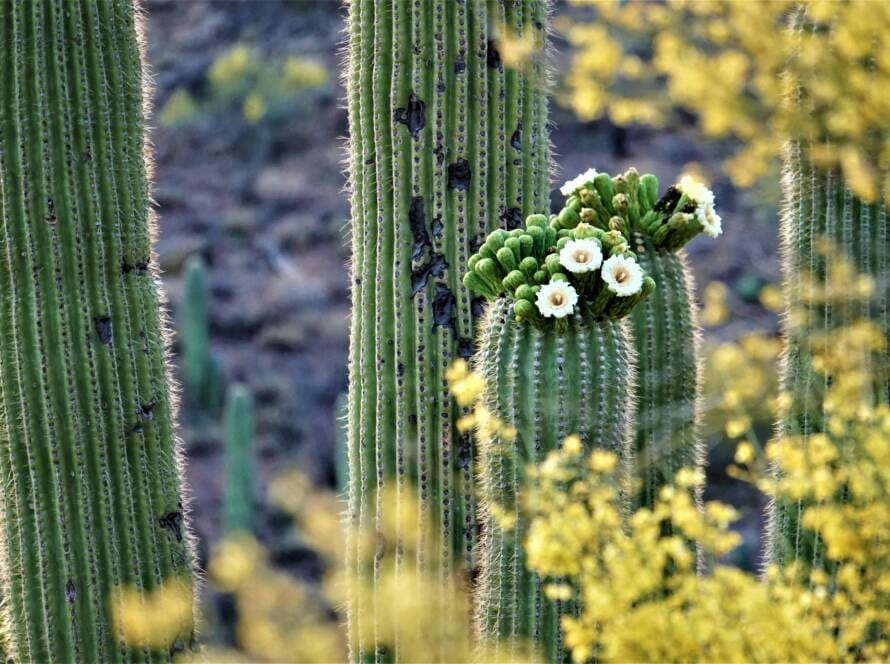If you love the idea of having a lush, green space but are short on time, low-maintenance plants are the perfect solution. These hardy plants require minimal care, making them ideal for busy gardeners who want a beautiful garden or indoor greenery without the hassle. Here’s a list of the best low-maintenance plants that thrive with little attention.

1. Snake Plant (Sansevieria)
- Why it’s great: Known for its striking, upright leaves, the snake plant is one of the toughest and most forgiving houseplants. It can tolerate low light, infrequent watering, and various conditions.
- Care tips: Water sparingly, only when the soil is completely dry, and place it in indirect light (though it can handle low light too).
2. ZZ Plant (Zamioculcas zamiifolia)
- Why it’s great: The ZZ plant is almost indestructible. It thrives on neglect, making it perfect for busy gardeners. Its glossy, green leaves add an elegant touch to any space.
- Care tips: Water once every couple of weeks, allowing the soil to dry out completely between watering. It grows well in low to moderate light.
3. Spider Plant (Chlorophytum comosum)
- Why it’s great: Spider plants are adaptable and resilient, making them ideal for beginners and busy people. They’re also air-purifying, helping to cleanse your indoor air.
- Care tips: Keep the soil lightly moist but let it dry out between watering. It does well in indirect sunlight and can even thrive in low light.

4. Pothos (Epipremnum aureum)
- Why it’s great: Pothos is a trailing vine that’s almost impossible to kill. With its attractive heart-shaped leaves, it adds beauty and greenery to your home with little effort.
- Care tips: Water when the soil is dry, and place it in low to medium light. It’s very tolerant of various light conditions, making it ideal for darker rooms.
5. Aloe Vera
- Why it’s great: Aloe vera is not only a low-maintenance plant but also a useful one! It can be grown indoors or outdoors and is famous for its healing properties.
- Care tips: Aloe thrives on neglect—just water sparingly and ensure it’s in a sunny spot with good drainage.

6. Peace Lily (Spathiphyllum)
- Why it’s great: Peace lilies are known for their glossy green leaves and striking white blooms. They also help improve air quality and can thrive in low light.
- Care tips: Peace lilies like their soil to be kept slightly moist, but they’re forgiving if you forget to water them occasionally. Place in low to medium indirect light.
7. Succulents (Various Types)
- Why they’re great: Succulents come in various shapes, sizes, and colors, and they are some of the easiest plants to care for. They store water in their leaves, making them highly drought-tolerant.
- Care tips: Place succulents in bright, direct sunlight and water sparingly, letting the soil dry out completely between watering.
8. Rubber Plant (Ficus elastica)
- Why it’s great: The rubber plant’s thick, glossy leaves make it a striking addition to any home. It’s very adaptable and can survive with minimal care.
- Care tips: It prefers bright, indirect light but can tolerate low light. Water when the top inch of soil is dry, but don’t let the soil become soggy.
9. Cast Iron Plant (Aspidistra elatior)
- Why it’s great: True to its name, the cast iron plant is nearly indestructible. It can tolerate neglect, low light, poor soil, and drought, making it a perfect choice for the busiest gardeners.
- Care tips: It grows best in low to moderate light and needs only occasional watering, allowing the soil to dry out in between.
10. Aglaonema (Chinese Evergreen)
- Why it’s great: Chinese evergreens are easy to care for, offering beautiful foliage in various shades of green and red. They’re tough plants that can adapt to different environments.
- Care tips: Aglaonemas thrive in low to medium light and prefer their soil to be kept lightly moist, but they are drought-tolerant and forgiving of missed waterings.
11. Philodendron
- Why it’s great: Philodendrons are versatile, fast-growing, and can handle neglect. With their heart-shaped leaves and vining nature, they’re perfect for hanging baskets or shelves.
- Care tips: Water when the top inch of soil is dry and place it in indirect light. Philodendrons do well in low-light areas, making them ideal for indoors.
12. Dracaena
- Why it’s great: Dracaena plants are attractive and come in various varieties, ranging from tall and spiky to bushy and colorful. They’re easy to care for and forgiving if you forget to water them occasionally.
- Care tips: Water moderately, allowing the soil to dry out between waterings. They thrive in indirect light and can tolerate low light.
13. Lavender
- Why it’s great: Lavender is not only a beautiful plant but also fragrant and useful. It thrives outdoors, whether in pots or garden beds, and needs very little attention.
- Care tips: Place lavender in full sun and water sparingly, as it prefers dry conditions. It’s perfect for a sunny balcony or garden.
14. Mint
- Why it’s great: Mint is a resilient herb that’s easy to grow in containers or garden beds. It grows quickly, adding a fresh aroma to your space, and can be used in cooking.
- Care tips: Mint prefers partial shade and moist, well-draining soil. Just be careful, as it can become invasive if not controlled!
15. Bromeliads
- Why they’re great: Bromeliads are exotic-looking plants with colorful, long-lasting flowers. Despite their striking appearance, they’re surprisingly low-maintenance.
- Care tips: Bromeliads thrive in bright, indirect light. Water the plant by filling the central “cup” formed by its leaves and misting it occasionally.
Conclusion
These low-maintenance plants are perfect for busy gardeners who want to enjoy greenery without spending hours on upkeep. By choosing the right plants, you can create a vibrant, lush space that thrives with minimal effort. Whether you prefer houseplants, herbs, or outdoor options, there’s a low-maintenance plant for every style and space.
Happy gardening!




